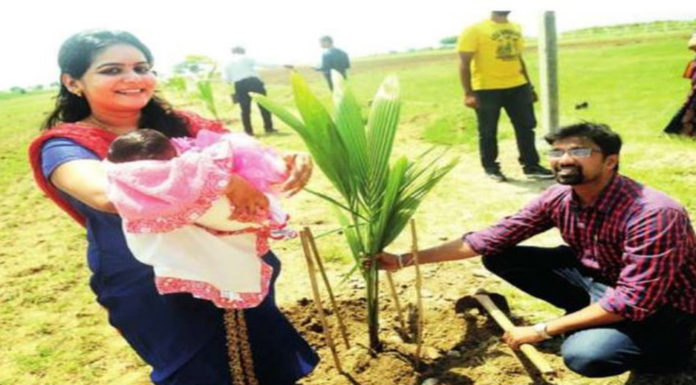In our first part on this subject, which you can read here, we have covered some of the measures a Government can take to improve the condition of farmers. In continuance of this, we look further at this subject in an attempt to find further ways in which the farming sector can improve its condition.
Farm insurance
Perhaps the biggest problem for the Indian farmer is the incredibly high level of sectoral risk. With drought, flood and a host of other potential disasters always seeming to be around the corner, it is not unusual to find that a single natural phenomenon could drastically impact the livelihood of a farmer. The best way to look to mitigate this risk is through widespread crop insurance. While crop insurance as product is available it is not popular among the farming community to the extent it should be. This is where the Government can step in by allying with the Insurance Companies to offer a subsidized crop insurance to farmers whose holdings are below a certain threshold.
Support packages
Within the farming sector, the requirements of different types of produce are different. Livestock farming comes with its own set of challenges while cash crop farming has its issues distinct from those of food crop farmer, and even there we have crops with different requirements and challenges in terms of soil, water requirement and seeds. The Government could provide tailored packages for each sector depending on their particular needs. This could range from pastureland at concessional rates for cattle farmers to subsidized seeds for food crop farmers. In any case, the priority should be to make it easier for a farmer to carry out the business of farming.
Concessional loan programmes
Tying in directly to current woes of the sector, the need for loan relief has never been higher. While loan waivers are a matter of debate, with arguments for and against flying about, we can definitely reach a consensus around the need to ensure that the loan itself is not usurious. Agriculture as a sector is heavily burdened with low efficiency and disguised unemployment in India. Add to this the high risk factors and glow growth rates and we are looking at a sector that cannot reasonably be expected to borrow at commercial rates. In such a scenario it might be a good idea to explore providing a subsidized interest rate by way of the Government agreeing to bear a portion of the interest burden. This could come with caveats, of course, with riders to the effect that such loans could only be used for certain purposes and the farmer could avail of them only a certain number of times in one business cycle. In any case it would always be less costly than a blanket loan waiver later on.
Supply chain improvements
The lack of adequate supply chain infrastructure, whether it is transport or cold storage availability is one of the main reasons why farmers are not able to capitalise on the good harvest or extract the best out of an average one. Increased investment in the building up of a quality chain to bring produce from farm to the retail market would mean that the farmer would be able to move his produce fast enough and reduce personal investment and labour in storage. Increased government investment in this sector would also reduce the dependence on middle-men who are known to take advantage of the perishability of farm output to try extract low prices from the producers.
Rural financial counselling
While we spoke in the previous article about the importance of providing trained agriculture specialists to guide farmers, it would also help to provide a degree of financial counselling as well. With farm incomes being uncertain and a lack of financial education penetration in these areas, one finds that even those who have been able to earn well in a particular year or years may find themselves poor after a single bad harvest. Availability of sound financial advise and investment options would go a long way towards taking the uncertainty and ‘gambling’ out of agriculture, and provide farmers with the knowledge required to make sound long-term financial decisions.
Social support services
And last, but not least, there is a lot to be said for providing the right kind of social support to farmers. With the rural families no longer as strong a support structure as they once were, it might not be a bad idea to invest in developing an infrastructure around social security, from medical services to psychological counselling, insurance to primary schooling. While the impact would not be directly on farming as a whole, it could go a long way to maintaining the mental and physical well-being of the farmer, the backbone of the nation’s social structure.































